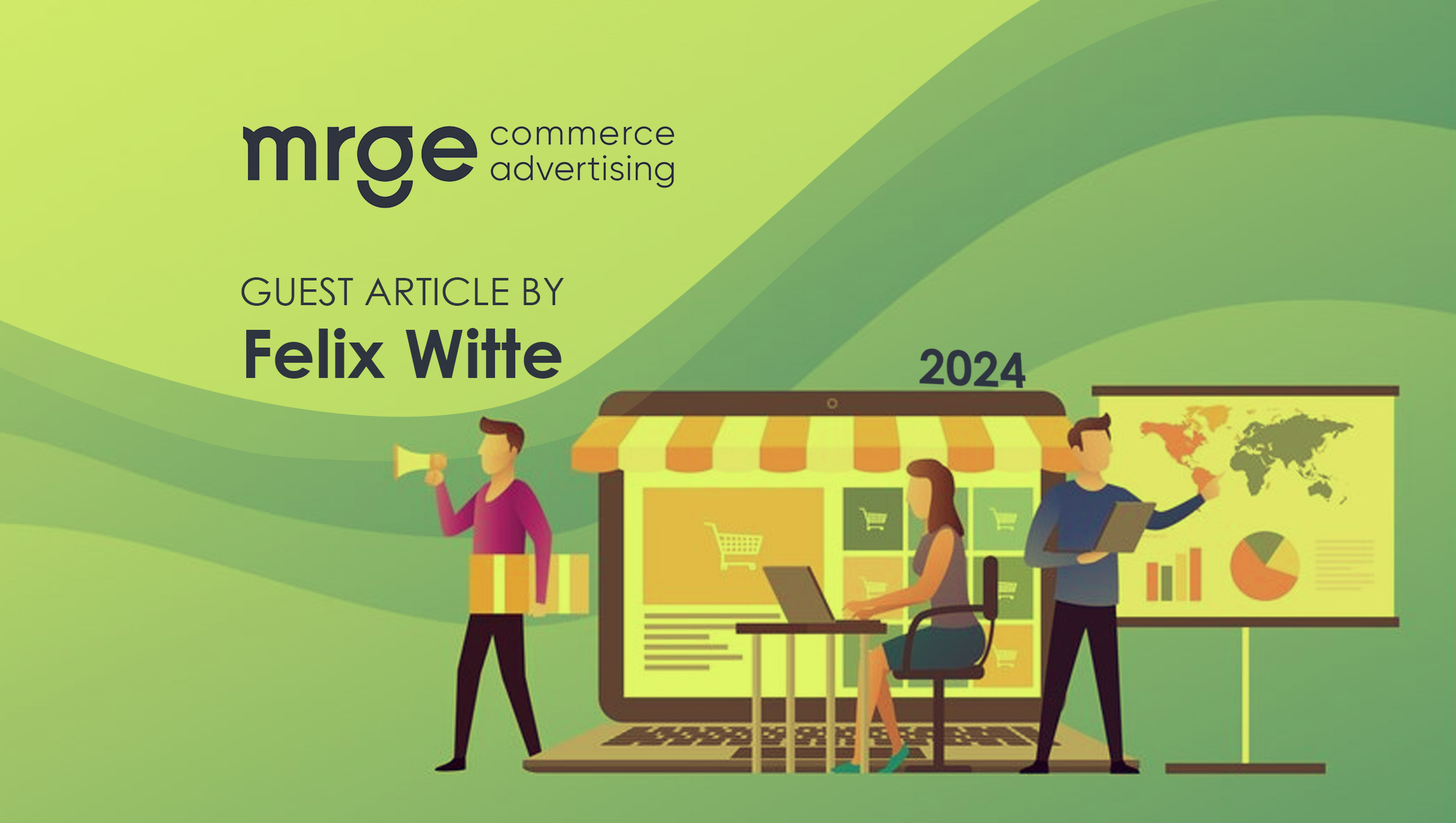Overview of Video Advertising:
Video advertising is witnessing a notable surge in Martech for several compelling reasons. Firstly, consumer demand is driving this growth. Martech Zone and Insivia studies indicate that video ads can enhance engagement by 22% and are 71% more likely to convert than other content formats, making consumers more receptive to video’s storytelling ability and emotional impact. Additionally, viewers retain 95% of a message conveyed through video compared to only 10% of text, making video ideal for explaining complex products or services. Secondly, technological advancements play a crucial role. The accessibility and affordability of video creation and distribution have increased with the rise of social media platforms like TikTok and Instagram Reels, along with user-friendly video editing tools.
Martech tools also offer sophisticated audience targeting capabilities and detailed video analytics, enabling marketers to reach the right viewers and measure campaign effectiveness with greater precision. Thirdly, platform integration is key. Major social media platforms are heavily promoting video content, prioritizing video posts in algorithms, and offering dedicated advertising options for video ads. The rise of connected TV (CTV) is creating new avenues for video advertising, allowing brands to reach audiences shifting away from traditional cable TV. Video advertising offers increased ROI due to high engagement, superior information retention, and advanced targeting capabilities, while seamlessly integrating with other content marketing strategies to create a more cohesive and engaging brand experience. As technology evolves and platforms adapt, video advertising is likely to remain a dominant force in the marketing landscape.
Why prioritize video advertising strategies?
Here’s why prioritizing a video advertising strategy is crucial from a Martech standpoint:
- Rise of Programmatic Advertising: Machine learning algorithms can now analyze vast amounts of data to target specific user segments with tailored video ads, increasing efficiency and effectiveness. This level of precision targeting wouldn’t be possible with traditional advertising methods.
- Cross-Device and Multi-Platform Reach: Modern video ad platforms allow seamless delivery across various devices (desktops, mobiles, and CTVs) and integrate with popular social media platforms, maximizing reach and ensuring your message appears where your target audience spends their time.
- Advanced Measurement and Analytics: Tech advancements offer granular video analytics, providing insights on view completion rates, audience demographics, engagement metrics, and click-through rates. This data allows for real-time campaign optimization and a data-driven approach to ad creation and targeting.
- Integration with Marketing Automation Tools: Video ad campaigns can be seamlessly integrated with marketing automation platforms, allowing for personalized ad experiences and triggered ad delivery based on user behavior and interests, further enhancing engagement and conversion potential.
- Interactive Video Ads and Shoppable Videos: Technologies like interactive video ads and shoppable videos offer viewers the ability to engage directly with the ad content. Users can request more information, access product pages, or even initiate purchases within the video itself, creating a seamless and convenient customer journey.
- Emerging Technologies: The future of video advertising is ripe with possibilities. Technologies like augmented reality (AR) and virtual reality (VR) can create immersive and interactive ad experiences, while artificial intelligence (AI) can further personalize ad content and optimize delivery based on individual user preferences.
By leveraging these technological advancements, prioritizing a video advertising strategy allows for:
- Increased Efficiency and Targeting: Reach the right audience at the right time with minimal wasted time.
- Data-Driven Optimization: Continuously improve campaign performance based on real-time analytics.
- Enhanced User Experience: Create engaging and interactive ad experiences that resonate with your audience.
- Measurable ROI: Track and demonstrate the effectiveness of video advertising campaigns with clear data.
Marketing Technology News: MarTech Interview with Caroline Huber, Executive Vice President of Product at GIPHY
Strategies for Crafting a Video Advertising Plan to Enhance SEO Performance
To truly reap the benefits, you need to optimize it for both search engines and conversions.
-
Duration of the video:
The duration of a video directly impacts its engagement level. Research indicates that viewers’ attention span is typically around 10 seconds when it comes to video marketing clips. Facebook suggests that those who watch the initial three seconds of a video are likely to continue watching for at least another ten seconds, highlighting a narrow window for grabbing attention. Once you’ve captured a viewer’s interest, they tend to remain engaged for approximately two minutes. However, engagement sharply declines after this point. While more captivating videos may hold viewers’ attention for longer periods of time, for landing page engagement, lengthy narrative videos aren’t always suitable. Therefore, it’s crucial to ensure that the first 10 seconds of your video are attention-grabbing and that the overall duration doesn’t exceed two minutes. This strategy aims to encourage page visitors to take the desired action without becoming bored or overly engrossed in the video content.
-
Incorporate CTA in the video.
Incorporating in-video calls-to-action (CTAs) is highly effective! It’s surprising to see that many landing page videos lack this feature, considering that videos play a crucial role in most purchasing journeys. Research suggests that having a CTA within a video can increase clicks to a landing page by up to 380%. The primary goal of a video on a landing page is to drive conversions, so it’s essential to create a video that guides viewers through the sales funnel and provides clear instructions on what steps to take next. In-video CTAs can take various forms, such as verbal prompts from the narrator or graphic end screens displaying a call-to-action. It’s important to remember that your video can also serve as a traffic driver, as viewers from platforms like YouTube may click links in the description to access your landing page, or as a discovery channel, where people encounter your product through the video elsewhere. Therefore, ensure that your CTAs allow for direct action without requiring a visit to your site; for instance, consider providing a phone number for immediate contact. Additionally, ensure that the desired action can be taken at any time without direct involvement from your team. Implementing smart AI-powered communication technologies, such as IVR or chatbots, can engage leads even during off-hours, maximizing conversion opportunities.
-
Placement of the video
The placement of your video content holds significant importance and should never be overlooked. There’s no one-size-fits-all strategy for placement, as each product or webpage requires a tailored approach. Experimentation through A/B testing different layouts is key to finding what works best for your specific context. From an SEO standpoint, it’s recommended by Google to prominently feature videos on a page to enhance indexing and potentially generate video-rich snippets. Prominently placing videos can lead to a remarkable 50% increase in engagement. Moreover, strategically repeating a video within the product image carousel and placing it further down the page can further enhance page performance. For WordPress users, there are several themes available with pre-coded video landing pages that can streamline the process. Explore these options at your convenience to optimize your video placement effectively.
-
Video Optimization:
Video optimization is crucial for enhancing the user experience and website performance. Start by optimizing the video file size using compression tools to reduce its size without compromising quality. Instead of hosting videos directly on your website, consider utilizing platforms like YouTube or Vimeo for hosting and embedding them, reducing server load and ensuring faster delivery through content delivery networks (CDNs). Implement technical optimizations such as lazy loading for videos, prioritizing the loading of critical content, and improving initial page load speed. Ensure your web hosting provider offers fast and reliable servers with optimal caching and performance settings to optimize server response time. Additionally, provide alternative options such as video summaries in text format to quickly convey key points and offer transcripts for accessibility purposes, allowing all users to access the information regardless of their preference or limitations.
-
Video Ranking:
Regardless of where you choose to host your video, whether it’s on platforms like YouTube, Wistia, or elsewhere, remember to incorporate your keywords strategically in key areas such as the title, description, and file name. Keep in mind that videos rank exceptionally well and can significantly increase traffic to your site while also raising awareness, not just improving conversion rates. When it comes to optimizing your video page, the process is similar to optimizing any other content—you need to surround your video with relevant and valuable content.
Marketing Technology News: What Emotions Are Driving Your Customers’ Decisions?
Boost conversions with video advertising.
In today’s data-driven marketing landscape, video advertising reigns supreme. Its engaging format and storytelling prowess can significantly impact conversions. However, simply creating a video isn’t enough. To truly optimize conversion rates, leverage the power of marketing technology (MarTech) tools and strategies:
Targeted Audience Selection:
- Leverage Customer Data Platforms (CDPs): Utilize CDPs to segment your audience based on demographics, interests, and past behaviors. This allows for hyper-targeting of your video ads to reach the most receptive viewers, increasing conversion potential.
- Lookalike Audiences: Utilize social media platforms’ capabilities to create “lookalike audiences” based on your existing high-value customers. This allows you to reach individuals with similar characteristics, increasing the likelihood of conversions.
Personalization for Enhanced Engagement:
- Dynamic Creative Optimization (DCO): Employ DCO platforms to dynamically generate video ad variations based on individual user data. This allows for personalized ad experiences that resonate better with viewers, leading to higher engagement and conversion rates.
- Programmatic Advertising: Leverage programmatic advertising platforms to deliver personalized video ads across various websites and apps. These platforms use real-time data to tailor ad content and placement based on individual user profiles and browsing behavior.
Data-Driven Optimization for Continuous Improvement:
- Marketing Attribution Platforms: Utilize marketing attribution platforms to track the entire user journey, including how viewers interact with your video ads and ultimately convert. This data provides valuable insights into which video elements and targeting strategies are most effective, allowing for continuous optimization.
- A/B Testing and Analytics: Experiment with A/B testing various components of your videos such as call-to-actions (CTAs), thumbnails, and video durations. Employ video analytics tools to track engagement metrics, click-through rates, and conversion rates. By analyzing this data, you can pinpoint which video elements are most successful and refine your campaigns accordingly to achieve optimal conversion rates.
MarTech Integration for Seamless User Experience:
- Landing Page Optimization: Integrate your video ad campaigns with your marketing automation platform. This allows for personalized landing page experiences tailored to the specific video ad a user has interacted with, ensuring a consistent and relevant user journey from ad to conversion.
- Retargeting Campaigns: Utilize retargeting campaigns to re-engage viewers who have interacted with your video ad but haven’t converted yet. These campaigns can offer targeted incentives or additional information, nudging them towards conversion.
By incorporating these strategies, you can elevate your video advertising game, not just in terms of capturing attention but also in terms of driving measurable and successful conversions. Remember, the key is to leverage data and technology to personalize the user experience, target the right audience, and continuously optimize your video advertising efforts for maximum impact.
___________











